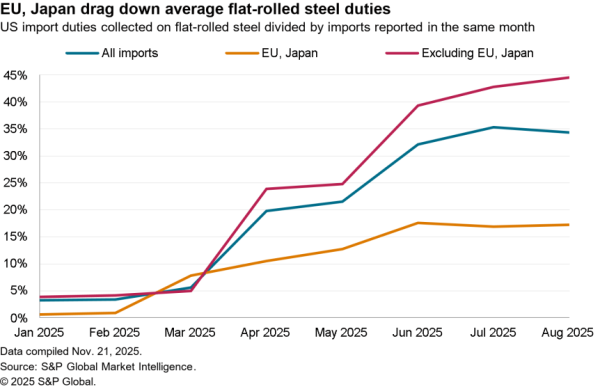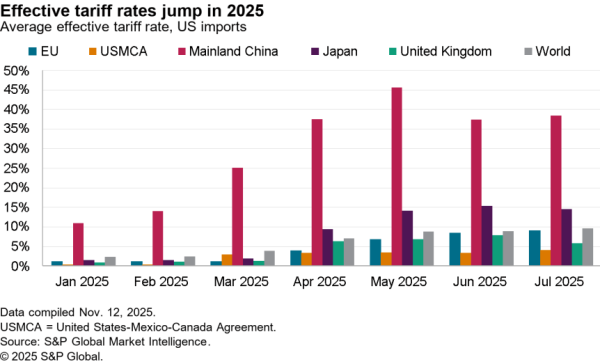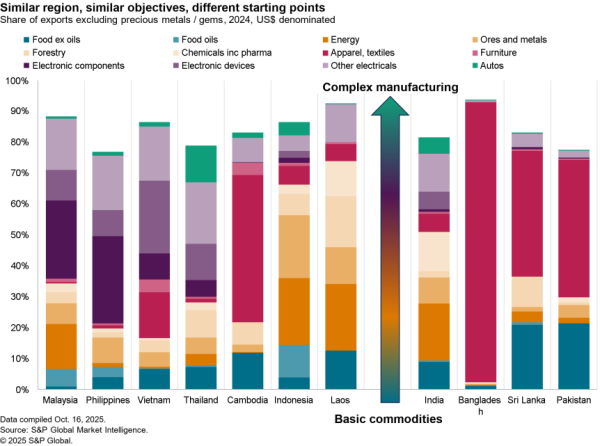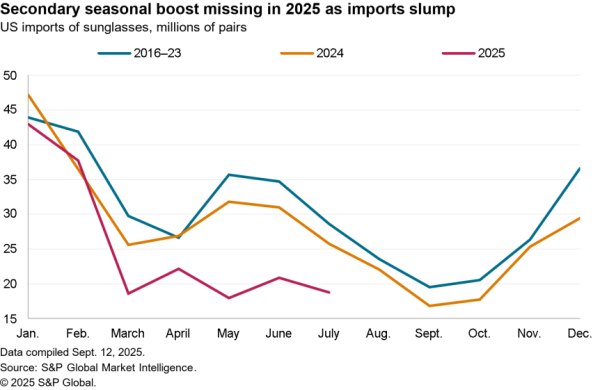Maersk has agreed to buy fellow shipper Hamburg Sud from Oetker Group in a deal that will close towards the end of 2017, with more details to emerge in 2Q 2017. The deal is not a huge surprise given the company’s strategic review called for acquisitions rather than organic growth. It also comes in the light of the three-way Japanese merger announced October 31.
One of the major challenges for the coming year will be obtaining regulatory approvals. There are at least two to bear in mind initially.
Firstly, the 2M Alliance will increase in size. For example its U.S. import volumes would increase by 10.2% for the three months to October 31. That would increase its market share to 16.8% from 15.1%. The Federal Maritime Commission approved both the original 2M structure and, more recently, the Ocean Alliance. Yet, it has come under pressure from the U.S. government to take a stricter stance, as discussed in Panjiva research of November 29. Hamburg Sud is not currently in an alliance.

Source: Panjiva
Another market of concern is Latin America, one of Hamburg Sud’s strongest market areas. In Brazil it held a 25.0% share in the third quarter of shipments into and out of the country, Panjiva data shows. The addition of Maersk’s 10.6%, to make a total 35.65%, share may make the combination unacceptable to Brazilian authorities. This could be solved, however, by disposals or commitments on market share. There has already been a process of consolidation of market power among larger rivals, the largest of whom would be MSC at 20.2% with the top five jointly holding 79.9%.

Source: Panjiva
Assuming that the increased market share of the new company can be retained, there is an opportunity to improve efficiency via rationalization of the combined company’s fleet. Yet, the two currently only have orders for vessels that would increase their owned and chartered fleets by 11.3%, according to Alphaliner, with the ratio for Hamburg Sud is only 5.0%.
Hamburg Sud company documents show it owns 418,000 TEU, with a further 207,000 TEU controlled or chartered. The Hamburg Sud fleet is relatively young. There are 35,600 TEU of capacity under 5,000 TEU and over 10 years old, or 8.6% of the total, that may be suitable for scrapping. Furthermore, the Maersk CEO has suggested the integration will be “light touch”, according to Bloomberg, once the deal completes in 2017 (“ at the earliest”). It may be too soon to assume any major changes in global shipping capacity from this latest round of consolidation.

Source: Panjiva




